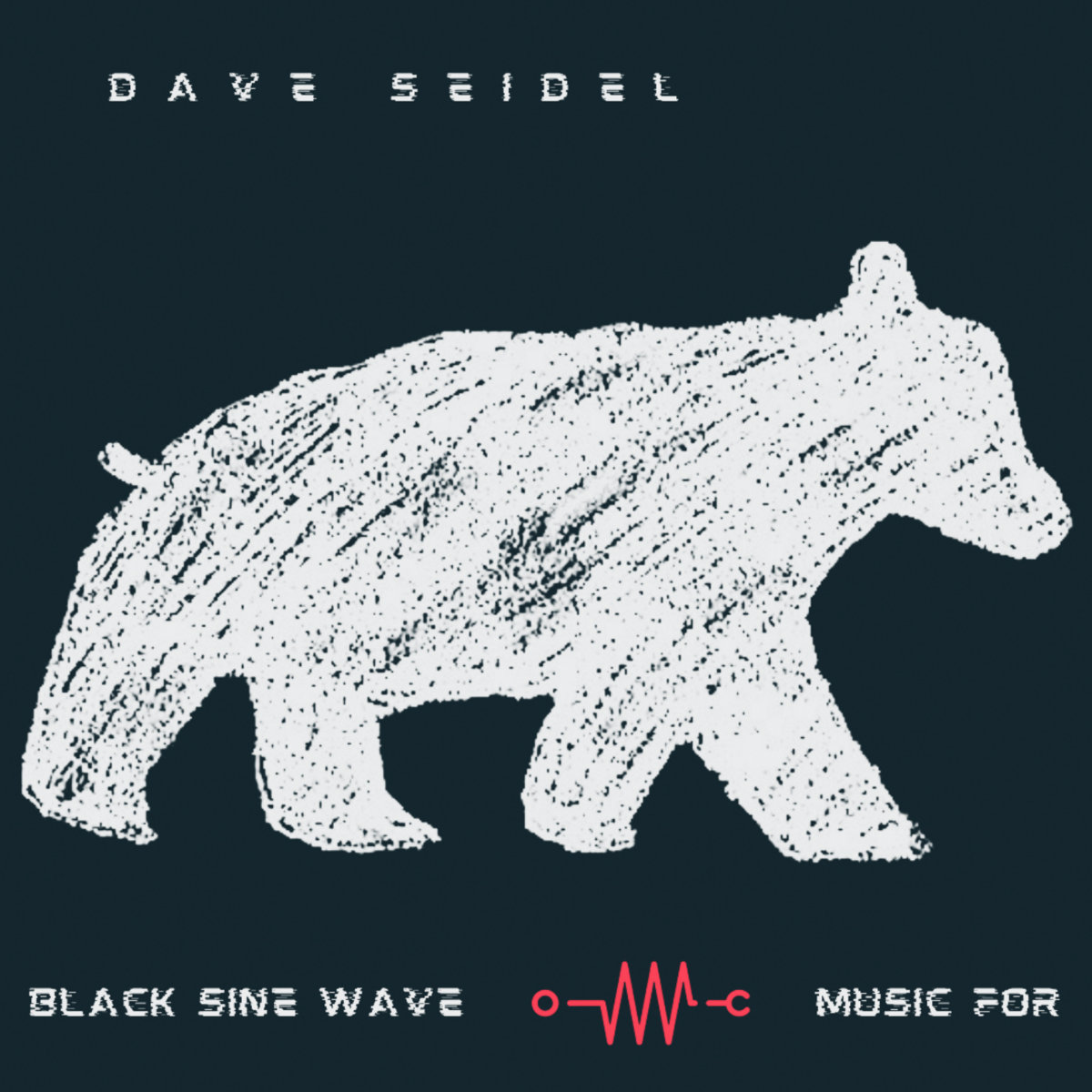Kein halbes Jahr nach seiner eher ambient ausgefallenen “Elegy for Harold Budd” bringt der amerikanische Komponist und Elektroakustiker Dave Seidel, der wegen seines Logos auch als Mysterybear bekannt ist, ein neues Album heraus. “Music for Black Sine Wave” ist, wie andere Alben dieses Titels, Teil des groß angelegten Sinuswellen-Projektes von Ehsan Saboohi unter dem Schirm seiner Post Orientalist Music. Auf dem Fundament von Saboohis Material komponierte Seidel per modularem Gerät vierundzwanzig kurze Tracks, die nie die Dreiminutenmarke überschreiten und in ihrer Engführung von Wucht und Minimalismus bisweilen forsch und monumental wirken. Besonders beeindruckend ist seine Hand für markante Melodien und und einen Umgang mit der Bewegung des Tempos, die passagenweise an Rock erinnert. Das Album erscheint digital übr Noise à Noise.
“I used a modular synth to create a system that takes incoming audio and transforms it with waveshaping and other means, and then uses the transformed signal to hard sync to two digital oscillators, each of which is effected and modulated in multiple ways. All the modulation sources in the system are running independently or are cross-modulated, with no synchronization, mostly originating from random and/or chaotic signal generators. The result takes Ehsan’s austere monophony and transforms it into a distorted and ragged three-voice chorale. The mangled version of the original audio is heard in the center of the stereo field, and the two resultant voices are panned left and right. To make this recording, I played back the entire playlist of the original Black Sine Wave tracks from my phone into the system, and recorded the output directly to stereo in a single continuous take with no intervention from me (except for one track that needed to be re-recorded due to a computer issue). I mixed and mastered the recording with some added reverb, then broke it up into individual tracks” (Dave Seidel)
